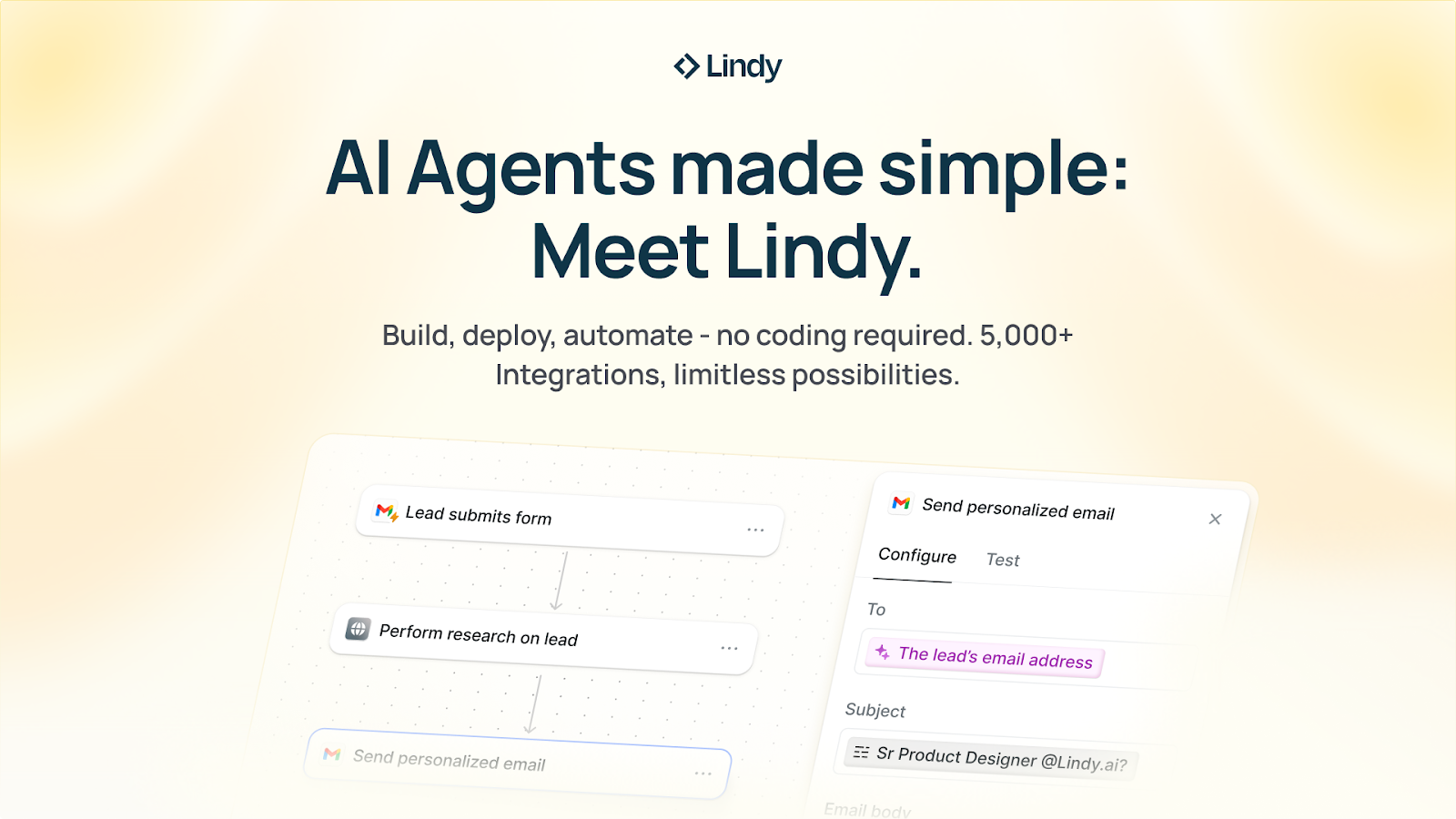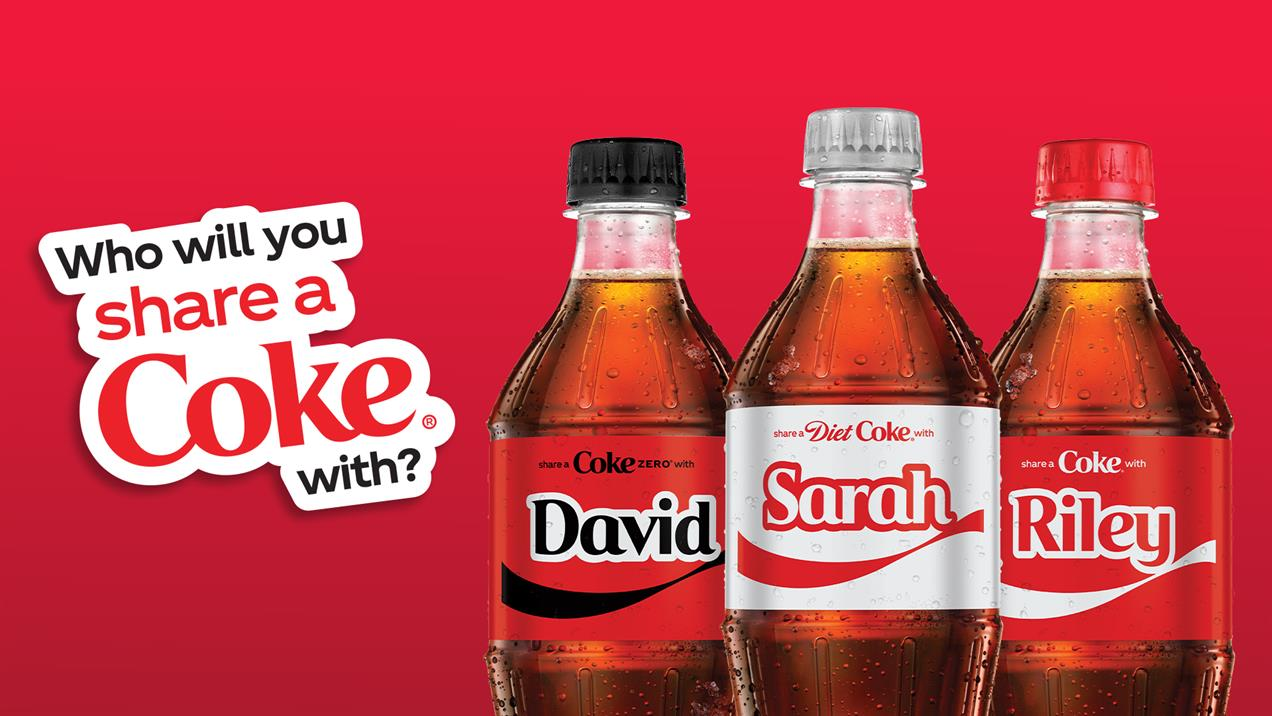The Real Reason Google Rewrites Page Titles
🎯 Understand Google’s headline logic, and how to use cognitive science to cut through digital noise.

Hey there 🧠
Ready for another day of staying ahead of the competition in the Growth race?
Oh and before we go ahead! If your friend sent this to you, be sure to subscribe here! So you don’t miss out on any editions.
Partnership with LindyMost "AI Tools" Talk... Lindy Actually Does the Work

Lindy builds AI agents that handle sales, marketing, support, and ops tasks automatically. Just describe what you need, and Lindy builds it.
Tell Lindy to:
→ “Qualify new inbound leads and send follow-ups”
→ “Summarize every customer chat into HubSpot”
→ “Draft weekly campaign reports from our analytics”
The result: agents that do the busywork while your team focuses on growth.
No coding. No complexity. Just AI employees running 24/7, handling the grunt work so you don't have to.
From booking platforms to lead nurturing, Lindy turns hours of manual work into minutes of automation. Your next hire won't be human; it will be AI.
Get started for free and claim your $20 in bonus credits today!
💡 Why Google Rewrites Your Headlines and What to Do About It
You spend hours crafting the perfect headline, only to find Google has replaced it in the search results. It’s frustrating, but as Harry Clarkson-Bennett explains, there’s logic behind the chaos.
Why Google Changes Your Headlines: Google’s algorithm isn’t trying to sabotage your creativity. It’s optimizing for clarity, user satisfaction, and intent alignment. With real-time click data, Google rewrites titles that it believes will attract more clicks and better match what users expect to see.
1️⃣ Be Clear, Not Clever: Google prioritizes simplicity. Searchers want straightforward answers, not wordplay. Keep your headlines concise, descriptive, and semantically aligned with the page content. This helps pass Google’s clarity checks, especially for evergreen topics.
2️⃣ Test and Track Performance: Rely on your data. Track CTR changes in Search Console and run A/B tests for headlines on your site. Look for patterns that indicate which tone or phrasing works best for your audience and topic.
3️⃣ Respect the Limits: Stick to a maximum of 12 words and around 600 pixels to avoid truncation in SERPs. Shorter titles maintain impact without getting cut off.
4️⃣ Strengthen Your Page Structure: Headlines aren’t everything. Add supporting H2s and H3s throughout your content to reinforce key ideas. This not only improves readability but also gives Google more context for long-tail ranking opportunities.
The Takeaway
Google rewrites titles to match what users want. Instead of fighting it, craft headlines that balance clarity and engagement, support them with strong subheadings, and monitor performance continuously. The clearer your message, the less Google will feel the need to rewrite it.
💡 The Cocktail Party Effect: How to Make Your Brand Heard in the Noise
Imagine standing in a crowded event surrounded by chatter, clinking glasses, and music. You tune it all out until someone says your name. Instantly, you focus. That is the Cocktail Party Effect, your brain’s built-in filter for what feels personally relevant.
Psychologist Colin Cherry first studied this in 1953, discovering that people could follow one audio stream perfectly while ignoring another, unless the ignored message included something deeply personal, like their name or location.
This same effect plays out online every day. Consumers are constantly filtering through digital noise, skipping anything that feels generic. To stand out, your marketing must feel personally relevant.
1️⃣ Use Their Name (Literally): Coca-Cola’s “Share a Coke” campaign is a perfect example. By swapping its logo for real names, Coca-Cola made mass-produced bottles feel personal. People began searching shelves for their own names, cutting through all the noise of the beverage aisle.

You can apply this by using personalization in your email subject lines, ads, or landing pages. Small touches that call someone by name immediately catch their attention.
2️⃣ Make It About the Individual: Strava’s “Year in Sport” campaign is a great model. It turned every user’s data into a personal highlight reel, showing their total miles, records, and achievements. Each user became the hero of their own story, and they proudly shared it online.
Personalized content that focuses on the individual rather than the brand can transform customers into ambassadors who amplify your message for you.
3️⃣ Localize Whenever Possible: Location works much like a person’s name. People respond more strongly to messages that feel geographically relevant. In one study, an offer described as “for households in your city” was twice as appealing as one for the “average UK household.”

Include city names in your ad copy or subject lines using tools like Dynamic Keyword Insertion (DKI) or automated email personalization. Local relevance can be just as powerful as using someone’s name.
The Takeaway
The Cocktail Party Effect proves that personalization is not just nice—it is essential. When your message feels directly relevant to the individual, their brain automatically tunes in. Cut through the digital noise by using names, personalization, and local cues that make your audience feel seen and heard.
As we prepare more "Growthful" content, we'd love to hear your thoughts on today's edition! Feel free to share this with someone who would appreciate it. 🥰